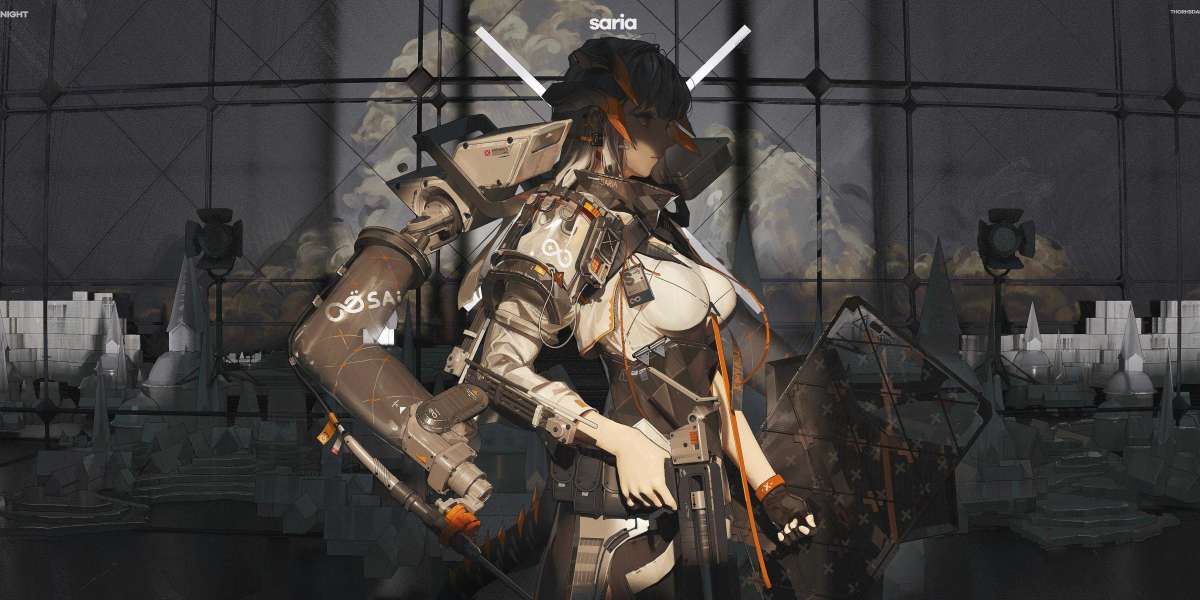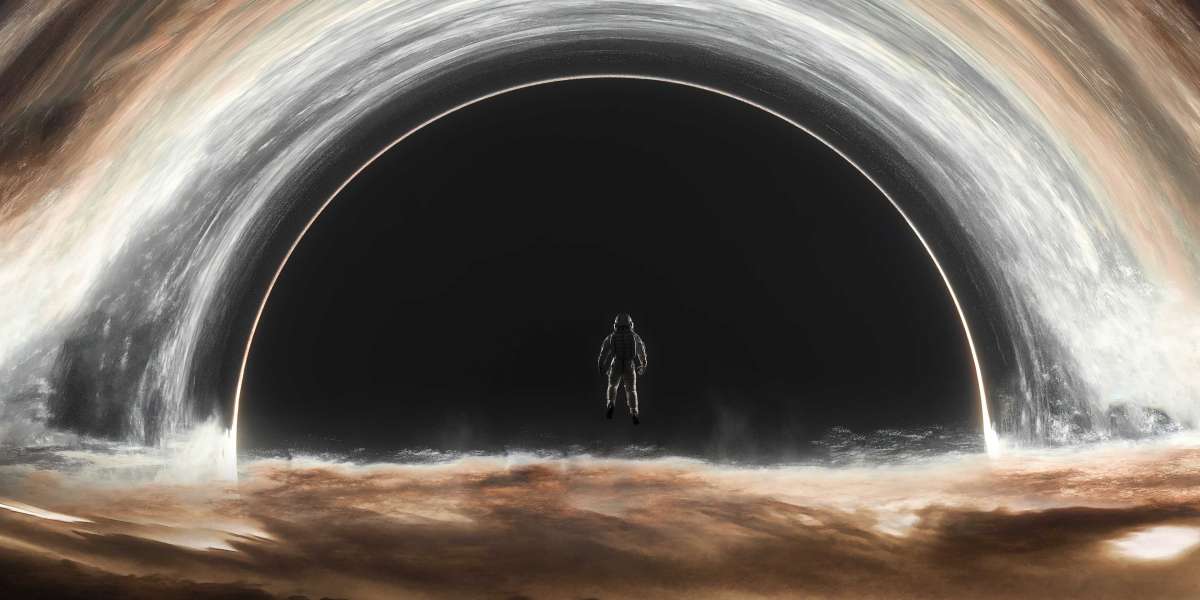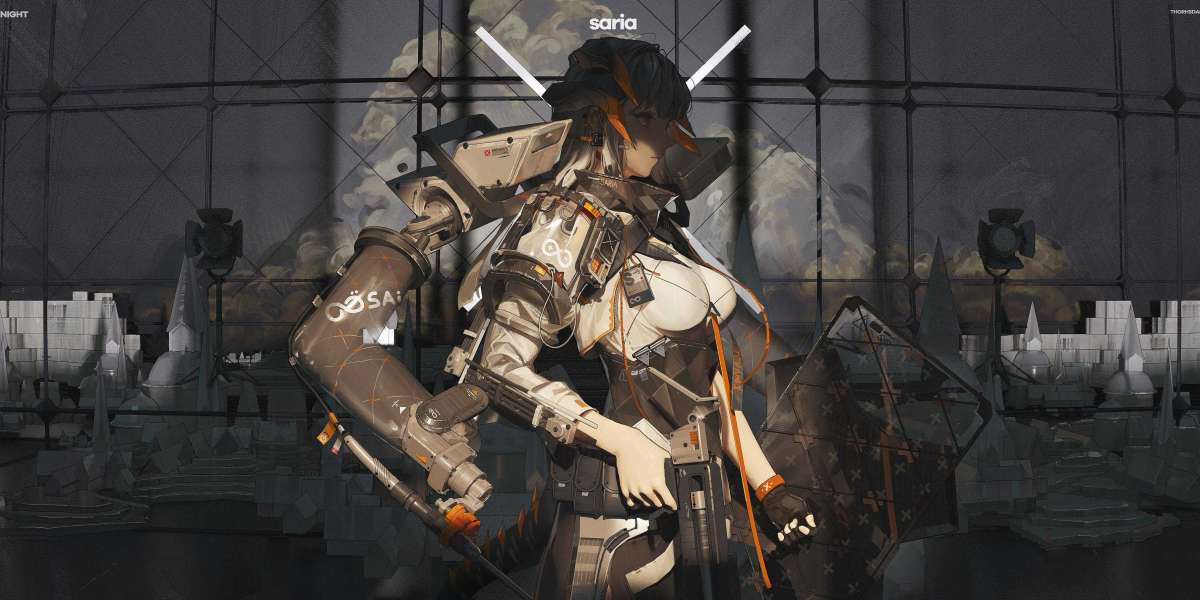Introduction:
In the summer of 1965, a monumental event took place that created intricate links between two superpowers, the United States and the Soviet Union. This extraordinary endeavor, known as the Apollo-Soyuz Test Project (ASTP), captivated the world's attention as it marked the first international manned space flight collaboration between the two Cold War rivals. Amidst political tensions, scientific curiosity prevailed, igniting the flames of cooperation and paving the way for future joint endeavors in space exploration.
Description:
The Apollo-Soyuz Test Project, also referred to as the Handshake in Space, began on July 15, 1965. The Soviet Union launched their Soyuz 19 spacecraft from the Baikonur Cosmodrome, while NASA's Apollo spacecraft lifted off from Kennedy Space Center on July 16, 1965. Five days later, on July 17, at approximately 12:19 pm UTC, both spacecraft successfully rendezvoused and docked in orbit.
The significance of this event was far-reaching. For the first time ever, two different manned spacecraft from different nations linked up in space. The docking highlighted the technical prowess of both nations and proved that astronauts from different backgrounds could work together seamlessly, paving the way for future collaborations.
The three American astronauts, Thomas P. Stafford, Deke Slayton, and Vance D. Brand, along with the two Soviet cosmonauts, Alexei Leonov and Valeri Kubasov, conducted various experiments and exchanged visits between the two spacecraft. The crew members utilized their expertise to test the compatibility of various systems, including life support, communication, and docking mechanisms.
Undoubtedly, the most memorable moments of this historic mission were the symbolic handshakes between the Soviet and American crew members. Thomas Stafford and Alexei Leonov were the first to exchange greetings in space, representing an unprecedented moment of unity and cooperation against the backdrop of Cold War tensions.
During their two-day joint mission, the astronauts and cosmonauts conducted a range of scientific experiments, including biomedical studies and Earth observations. Additionally, they successfully tested a unique docking module that allowed the two spacecraft to connect and exchange crew members, language translations, and technical knowledge.
On July 19, 1965, after nearly forty-four hours of shared space exploration, the Apollo and Soyuz spacecraft separated, marking the end of the historic mission. Both vehicles safely returned to Earth, proving that international cooperation and collaboration were possible, even during times of intense political rivalry.
The Apollo-Soyuz Test Project of 1965 stands as a testament to humanity's unwavering curiosity and determination to explore the unknown. The event opened a new chapter in space exploration, fostering connections between nations and heralding a future of joint space missions that would transcend borders and politics, uniting humanity in its quest for knowledge beyond our home planet.








